Ukraine got the go-ahead to hit Russia with F-16s, but doing so could be a waste of a good jet
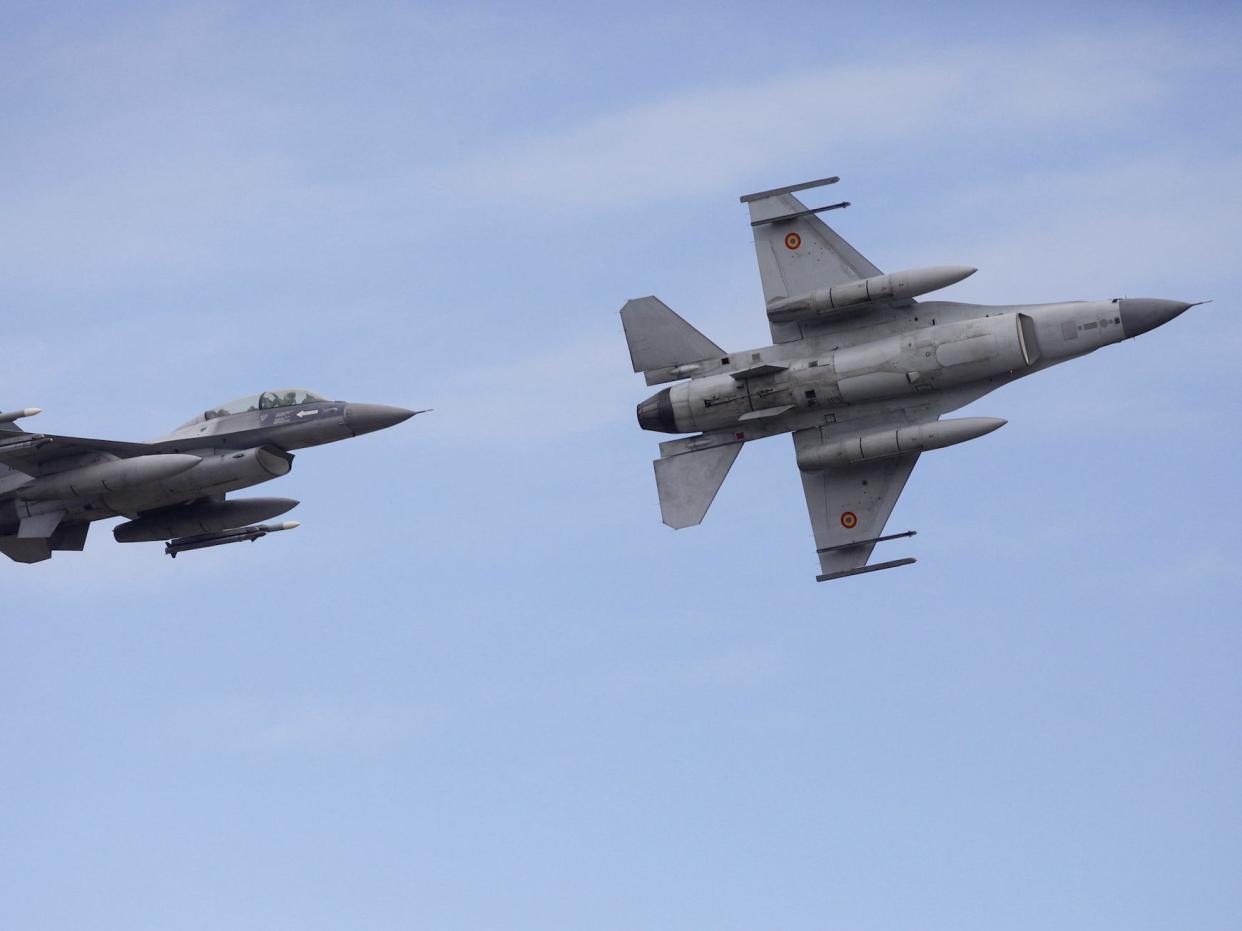
Denmark says Ukraine can use the F-16s it plans to give to hit military targets in Russia.
Experts say that may not the best use for the jets.
Ukraine hasn't been promised many, making each one a valuable prize for Russia.
NATO member Denmark has given Ukraine permission to use the F-16s it receives to hit military targets within Russia.
It is unclear if Ukraine has any intention of using its F-16s in this way, or if doing so would mean the jets themselves enter Russia or just their munitions, but military experts told Business Insider it may not be the best use for them regardless, at least right now.
Denmark's decision is part of a wider and influential shift in NATO oversight of the weapons sent to Ukraine, a loosening of the restrictions on how Ukraine is allowed to fight the war.
Since Russia launched its full-scale invasion in February 2022, partner nations have prevented Ukraine from hitting military targets within Russia, giving Moscow a safe space to stage attacks and putting Ukraine at a huge disadvantage. Over the course of the war, many attacks have been launched from inside Russian territory. Analysts have described this situation as Ukraine fighting a war with one hand tied behind its back.
But some of Ukraine's international partners have been changing their approach over the past few weeks. And now Denmark is the first country to give the go-ahead for the coming F-16s. Just because it can, though, doesn't mean it should.
A big danger
Ukraine is expected to get its first F-16s this summer. George Barros, a Russian military expert at the US-based Institute for the Study of War think tank, said "it doesn't make a lot of military sense" to use the American-made fighter jets to "strike into Russia at this time."
"Because the deeper you go into Russia and the closer you get to the border, the more dangerous it is for you to fly," and it's more likely that you lose high-end equipment and trained pilots not easily replaced, he said.
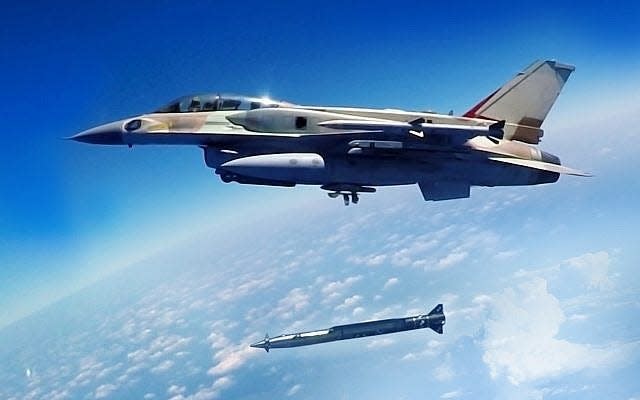
Barros said that in the future, particularly with more jets, that would be a great use for them, "but that's not where we are now."
Ukraine's ability to use other weapons to hit Russia is a big boost for Ukraine, but it's not necessarily the best thing for a fairly small fleet of F-16s.
Mark Cancian, a retired Marine Corps colonel and a defense strategy expert at the Center for Strategic and International Studies, said that he suspects "that the F-16s will stay back from the front lines to avoid the Russian air defense envelope."
F-16s, when armed with anti-radiation missiles like the AGM-88 HARM missiles provided by the US, can be used to target air defenses in suppression and destruction missions, but those can be challenging, high-risk operations.
F-16s are big targets
Tim Robinson, a military aviation specialist at the UK's Royal Aeronautical Society, said the F-16s could be useful for hitting targets that are in Russia but out of range for other weapons. The aircraft has that capability, but striking into Russia is a risky mission, particularly for a fourth-generation aircraft that first flew in 1974.
He suspects that Ukraine, having "finally got them," will want to ensure "they don't lose them straight away."
Ukraine has been fighting hard to get F-16s since the start of Russia's full-scale invasion, but the US prohibited other countries operating the jet from sending them to Ukraine until it changed its mind in May 2023.
Peter Layton, a fellow at the Griffith Asia Institute and a former Royal Australian Air Force officer, said that Ukraine will want to keep its aircraft "safe."
Ukraine will have to be more cautious with its F-16s, as it is not getting a lot, experts say.
The exact number of F-16s Ukraine will get to begin with is unclear, but it's not expected to be many. Ukraine has been promised a total of an estimated 85 jets by Denmark, the Netherlands, Norway and Belgium. And France is sending an unspecified number of its Mirage 2000-5 fighters. This is a boost, but Ukraine can't afford to suffer tremendous losses.
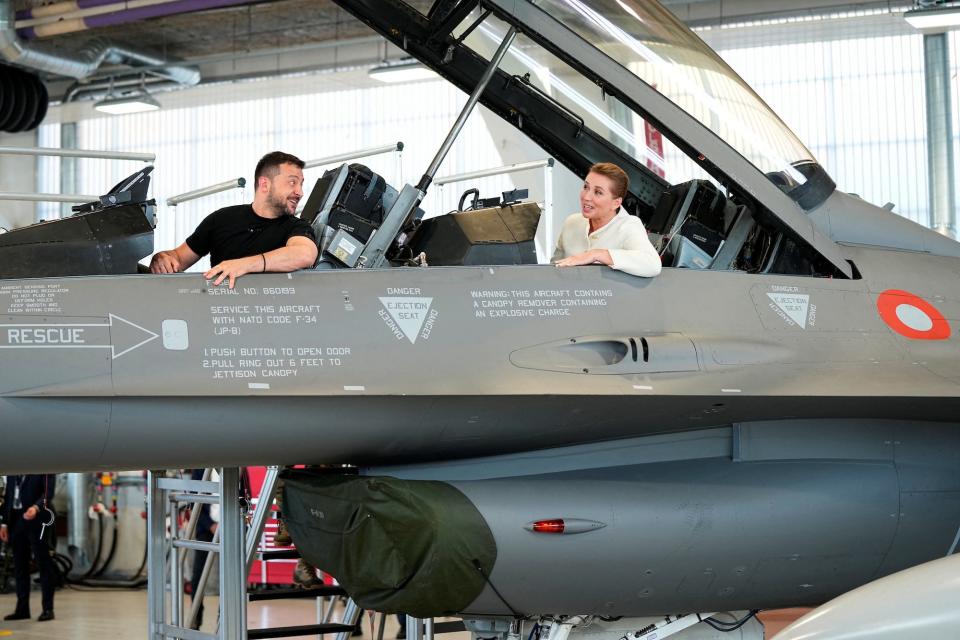
A problem is that Ukraine is expected to receive more F-16s than it has trained pilots. A lack of available training spots in Arizona, Denmark, and Romania means that only around 20 Ukrainian F-16 pilots will be trained this year, Politico reported, thus limiting the number of jets Ukraine can fly into battle.
The number of warplanes aside, there's also a political aspect to Ukraine needing to keep its jets in the air.
Professor Michael Clark, a Russia and Ukraine expert and a British national security advisor, said Ukraine has been managing expectations over how effective the aircraft will be. Ukraine has suggested that the aircraft will be extremely useful against Russia, but there is a risk of backlash over losses or failure to secure a major breakthrough.
He said that while analysts "know that warfare is full of setbacks and things that don't go right first time and so on," a "manifest failure of an F-16 offensive would be politically very damaging for the Ukrainians," especially among some US Republicans and groups that are reluctant to back Ukraine.
As a result, Clark said, the Ukrainians are likely thinking that for its F-16s, "it'd be better to hold them back until they can be more confident rather than throw them in quickly, hoping that they'll be okay, because the chances are they won't."
Cancian said losing F-16s, particularly with so few promised to Ukraine, would be seen as "a big deal."
He said some expectations put on Ukraine's F-16s are unfair. US air strength, for instance, can come from the employment of "hundreds of aircraft with extensive support systems on the ground," the air fleet and ground infrastructure that Ukraine's embattled air forces lack.
Avoiding Russia
The experts said that the jets likely won't go into Russia because of the dangers there. If they do, it would like be rare. Even flying over Russian-occupied territory is dangerous.
Cancian said there may be "one or two deep raids maybe over Crimea just for the symbolic and psychological effect, but as a routine use, no, it's just too dangerous."
Notably, though, Ukraine has been increasingly targeting air defense systems on the occupied peninsula and elsewhere.
ISW suspects "Ukrainian forces may be conducting an organized effort to degrade Russian air defenses, which could enable Ukraine to more effectively leverage manned fixed-wing airpower (namely using F-16 fighter jets) in the long term."
And Ukraine has demonstrated a willingness to make bold plays.
Layton acknowledged Ukraine might attempt something daring, noting that they have conducted some other risky moves that have given them big wins, like taking down Russian aircraft.
"Tactically, they are very smart," he said. "So while I think they wouldn't do it, if they did it, it would be very carefully organized and fairly quick." But in general, he said, going into Russia "makes them far too vulnerable."
"I personally think that the Ukrainians will be foolish to put their aircraft in quite small numbers across the border because I think that the Russians will outnumber them," he said.
Robinson noted Russia has a "massive air defense network" that would target the jets, which lack stealth characteristics like fifth-gen jets. Ukraine has a network like this too, and it's why Russian jets have barely entered Ukrainian-held airspace. But in Russia, Ukrainian aircraft can also expect to battle the Russian Air Force in addition to enemy air defenses.
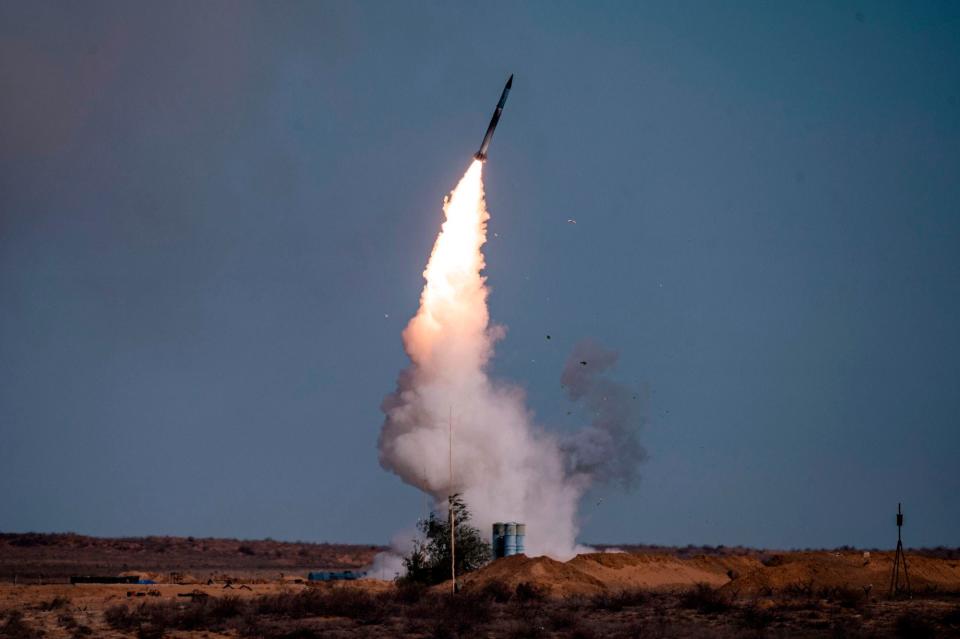
"The problem is that there's not going to be very many F-16s, and they will be very vulnerable as they fly over Russian territory," Mark Cancian said.
F-16s may hang back
Instead, Cancian said, he expects them to be used mostly defensively — used away from the front, protecting cities and infrastructure from Russia's drones and missiles. The F-16 can play defense well and has been prominent in the post-9/11 Noble Eagle mission defending US and Canadian airspace.
He said F-16s "aren't going to be flying over the front lines, but they don't really need that," as other weapons can hit into Russia and defend the front lines.
Layton agreed the best use for Ukraine's first F-16s would be defensive, staying in Ukrainian territory in an air-defense role to shoot down Russia's drones and cruise missiles.
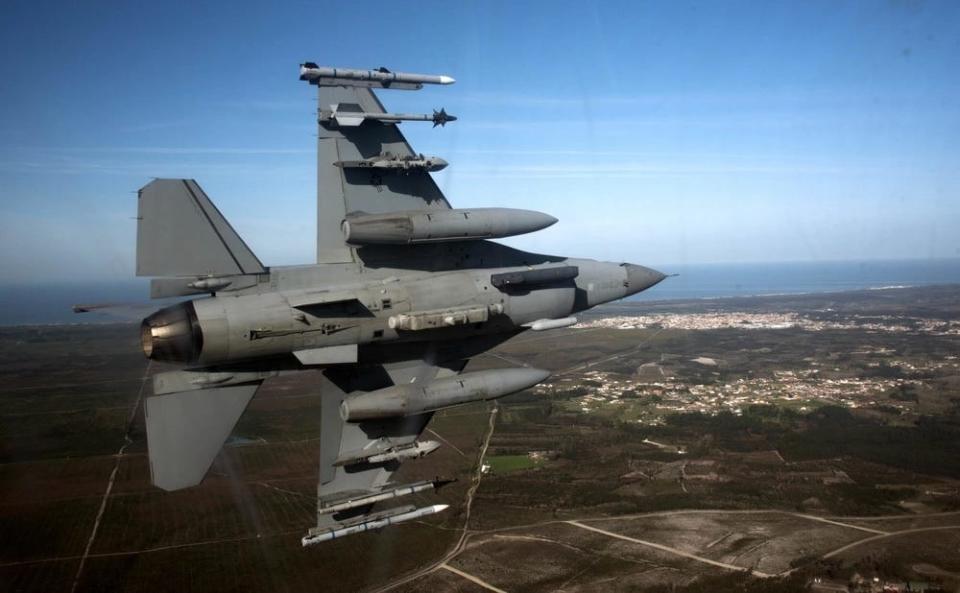
But he was more bullish on Ukraine hitting targets in Russia, saying that it could do it without flying the aircraft into Russia, as he suspects that Ukraine will likely get the right intelligence to do such a hit without taking too much risk.
A key aspect of what kind of missions the F-16 can fly is what kind of missiles and bombs the jet is carrying. Ukraine does not currently have the full range of capabilities.
Ukraine's pilots could, however, be able to master defensive action the fastest, and it would likely be the most effective thing Ukraine could do without a greater number of aircraft, the experts said. It would also bolster a capability that has been heavily strained by relentless Russian attacks, and that's air defense.
Experts said they don't expect the F-16s to make a massive difference in the war by themselves, particularly without more of them. But they said these fighter jets will be useful for Ukraine by replenishing lost aircraft, deterring Russian jets, and acting as defenses.
"Whenever they arrive," Cancian said, "that's a good time for Ukraine because they will add to Ukraine's military capability."
Robinson said the F-16s will "make Russian pilots there a little bit more kind of wary, a little bit more careful about what they're going up against."
Read the original article on Business Insider


